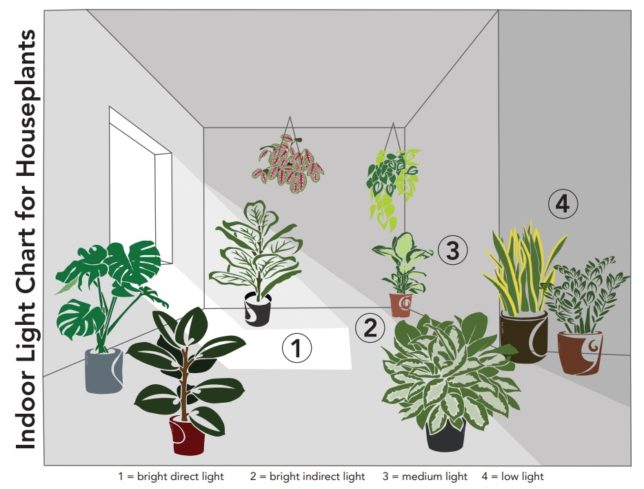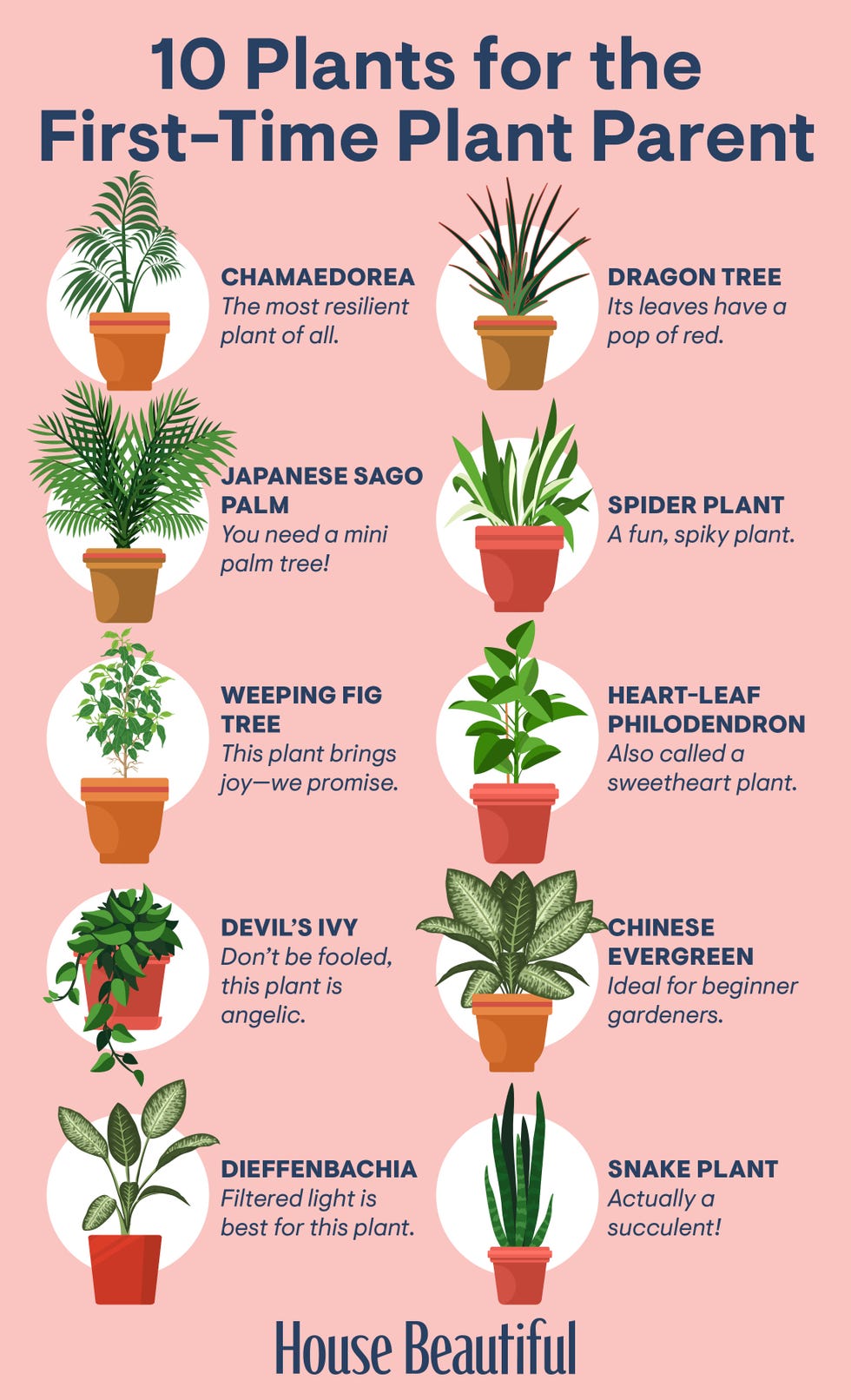Where to Place the Best Low-Light Indoor Plants in Your Home for Maximum Impact
Where to Place the Best Low-Light Indoor Plants in Your Home for Maximum Impact
Blog Article
Discover the most effective Low-Light Indoor Plants for Enhancing Your Home Decor
Integrating low-light indoor plants into your home design can significantly improve both looks and atmosphere, particularly precede that do not have plentiful all-natural light. Selections such as the Snake Plant and ZZ Plant not just bring life to dim edges yet additionally add to enhanced air high quality and overall wellness. Comprehending the special attributes and care requirements of these plants can cause a much more unified living setting. As we check out the top selections and their imaginative applications, one may question how these choices can change your area right into a thriving shelter.

Why Select Low-Light Plants
Why go with low-light plants in your interior spaces? The modern-day living atmosphere frequently offers difficulties such as minimal natural light, making it difficult for traditional houseplants to grow. Low-light plants are especially adjusted to make it through and prosper in these problems, offering a feasible service for individuals seeking to enhance their indoor rooms without the added anxiety of maintaining extra light-demanding vegetation.
Along with their durability, low-light plants contribute dramatically to the looks of a room. Their diverse series of colors, shapes, and dimensions allows for special interior decoration possibilities, creating inviting and vibrant environments. Additionally, interior plants are recognized for their air-purifying top qualities, improving indoor air high quality by releasing and filtering toxins oxygen, which can improve total well-being.
Low-light plants likewise need very little upkeep, making them particularly appealing to busy individuals or those new to horticulture. Their adaptability allows for placement in numerous settings, from office to poorly lit corners of the home. By choosing low-light plants, you can delight in the benefits of greenery without the restraints that commonly go along with traditional gardening, inevitably promoting a much healthier and a lot more aesthetically attractive interior atmosphere.
Top Low-Light Indoor Plants
For those seeking to improve their indoor rooms with plant that grows in low-light conditions, numerous plant choices stick out for their resilience and visual allure. The Snake Plant (Sansevieria trifasciata) is a popular option, understood for its upright, sword-like leaves and ability to endure neglect. This hardy plant can endure in poorly lit areas while enhancing indoor air top quality.
One more outstanding alternative is the Pothos (Epipremnum aureum), identified by its heart-shaped leaves and routing vines. When placed on racks or hanging baskets., Pothos is not just adaptable to reduced light however likewise supplies a striking visual comparison.
The ZZ Plant (Zamioculcas zamiifolia) is similarly impressive, flaunting glossy, dark environment-friendly leaves that can brighten up any edge. Its dry spell resistance makes it ideal for hectic house owners.
Treatment Tips for Low-Light Plants
Exactly how can you ensure that your low-light interior plants grow in spite of minimal sunlight? Initially, pick the suitable potting mix that gives good drain while preserving wetness. A well-aerated dirt, such as a blend of potting dirt and perlite, can aid stop origin rot.
Watering is crucial; low-light plants normally call for less frequent watering contrasted to their sun-loving counterparts. Always inspect the leading inch of the soil-- if it really feels dry, it's time to water. Be cautious of overwatering, as this can result in fungal issues and origin degeneration.
Feeding low-light plants need to be done moderately - Best low-light indoor plants. Use a balanced, water-soluble fertilizer during the expanding season, however get rid of or lower fertilizing in the inactive months
In addition, dirt can accumulate on leaves, preventing photosynthesis. Carefully clean the leaves with a moist cloth to maintain them clean.
Finally, observe your plants very closely. Indicators of distress, such as yellowing fallen leaves or leggy growth, can suggest that your plant needs modifications in care (Best low-light indoor plants). By following these care tips, your low-light indoor plants can flourish, including beauty and vigor to your home
Imaginative Ways to Display Plants
Elevating the visual charm of your indoor room can be attained by attentively displaying your low-light plants in creative methods. Take into consideration making use of upright space to your advantage; wall-mounted shelves recommended you read can showcase trailing plants like pothos or philodendron, including lushness while saving floor space. Utilize plant stands of varying heights to produce aesthetic passion and deepness, attracting the eye up.
Hanging planters are one more exceptional option, supplying a dramatic effect when put on hold from the ceiling or hooks. Macramé wall mounts can present texture and bohemian panache, while modern-day ceramic wall mounts can match a minimalist visual. For a more innovative method, repurpose one-of-a-kind containers such as classic teacups or glass containers, which can include personality to your display.
Organizing plants in clusters is also effective; usage differing pot sizes and shades to produce a natural look. This method not only enhances visual impact however additionally offers a natural habitat feel - Best low-light indoor plants. Last but not least, take into consideration placing plants near light sources like windows or lamps to optimize their growth and showcase their dynamic foliage, therefore improving the general ambiance of your indoor environment.
Advantages of Indoor Greenery
Many research studies have shown that incorporating interior plant into your living space provides a wide variety of benefits, boosting both mental and physical well-being. One of one of the most significant advantages of interior plants is their ability to improve air quality. Plants take in carbon dioxide and launch oxygen, creating a healthier atmosphere while likewise straining dangerous contaminants, therefore promoting breathing wellness.
Additionally, the existence of plant has been linked to minimized stress and anxiety levels. Research shows that communicating with plants can reduce cortisol levels, which are connected with tension. This calming impact can bring about enhanced state of mind and raised efficiency, making interior plants a perfect enhancement to work spaces.
In addition, indoor greenery can enhance cognitive feature. Studies recommend that environments improved with plants can result in enhanced focus, creative thinking, and general mental quality. check my reference The visual allure of interior plants additionally adds to a much more welcoming and pleasurable atmosphere, favorably affecting social interactions and general satisfaction within an area.
Final Thought

Incorporating low-light interior plants right into your home design can considerably boost both visual appeals and atmosphere, particularly in rooms that do not have bountiful all-natural light. Varieties such as the Snake Plant and ZZ Plant not only bring life to dim corners yet likewise add to improved air high quality and total health. Indoor plants are understood for their air-purifying high qualities, boosting interior air high quality by filtering system toxins and releasing oxygen, which can enhance general well-being.
For those seeking to enhance their indoor rooms with greenery that flourishes in low-light conditions, several plant options stand out for their resilience and aesthetic appeal. These resistant plants, such as the Snake Plant and ZZ Plant, flourish in dark discover this conditions and call for very little upkeep, making them ideal for numerous lifestyles.
Report this page